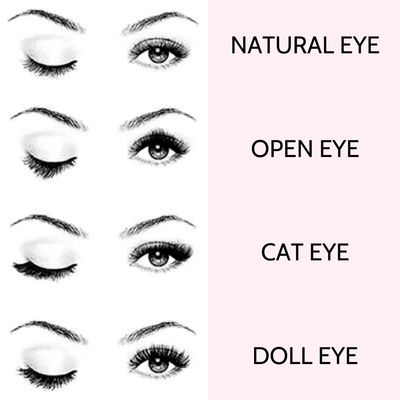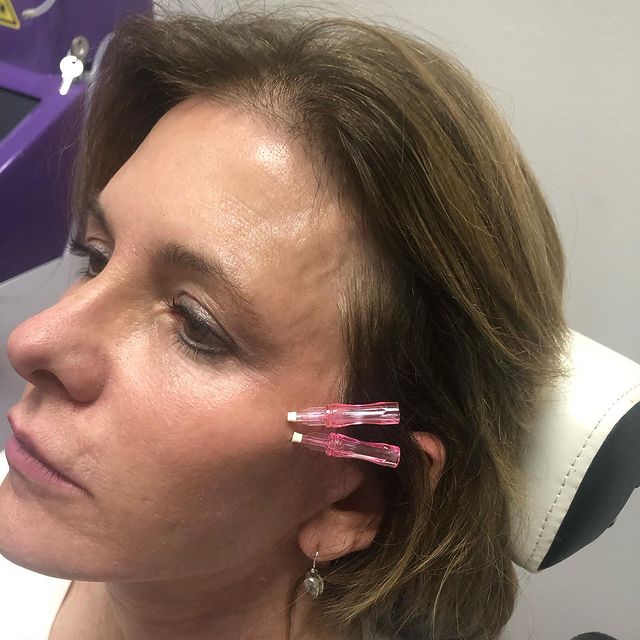
People often wonder what the differences are between a full and a mini-facelift when it comes to plastic surgery. Each procedure has its unique advantages. Here are some differences. If you're interested in a full facelift, you should ask your surgeon about the risks and recovery time for each option. Also, consider the location of the incisions for each procedure. Both options are possible to improve your appearance, but the method you choose will depend on your specific needs.
Mini facelift
A mini facelift involves a small amount of work on the lower portion of the face. This is usually done around the jaw and neck. These incisions are smaller and more precise than a full-facelift. This allows the surgeon to perform limited skin removal and muscle tightening, thereby minimizing the appearance of scarring. This type of procedure works best for younger adults who want perfect skin and to reduce the chance of facial aging. Older people may need a facelift to remove excess skin and improve their overall appearance.
Full facelift
Full facelifts are the best and most successful of all the types available for facial rejuvenation. They also take longer recovery times. The full-facelift targets deeper structures and muscle groups of the face. Additionally, the surgeon will separate loose skin and deep facial tissue. The full facelift includes several techniques that can be used to achieve the desired results. The entire procedure can take anywhere from two to five hours.

Mid facelift
Mid-facelifts involve making incisions at the jawline, along the lower eyelid lash lines, and inside the mouth. Through these incisions, tissue on the cheeks is lifted up to reduce the heaviness and restore the contours of the face. Patients may experience some bruising and swelling after the procedure. This should resolve over time. After the procedure, the doctor will prescribe pain medication.
Deep plane facelift
If you're considering a facelift you might be wondering which one is better for you. A deep plane facelift is more natural than a mini one and will provide a permanent lift. A deep-plane facelift will address structural parts of your face and result will last longer.
More likely to have a mini facelift for millennials
Many Millennials are now turning to cosmetic procedures in their 20s for a better look. This generation, which is accustomed to comparing their appearances with others, is notoriously fond of using social media. It may seem strange, but some millennials believe a facelift makes them appear older than they are. Mini facelifts are what they choose.
Time for recovery
The recovery time for a mini-facelift depends on many factors, including age, health and the type of procedure. Both procedures can result in significant improvements in appearance. Before you undergo surgery, be sure to read over the full recovery guide that comes with your facelift. It also contains instructions for caring for your wounds post-surgery. The procedure will require you to be absent from work for at least one day and refrain from doing strenuous exercise during the next few days.

Cost
Although mini facelifts are less expensive than full-facelifts, they still require substantial financial investments. Some insurance companies cover cosmetic surgeries. Patients may need to pay upfront for cosmetic surgery as it is not usually covered by most health insurance plans. If you need help arranging financial arrangements, a plastic surgeon can assist. A third party financing company for medical care can help you pay for your cosmetic procedures.